Placing top dressing on a finished landscape bed may sound like an easy final step, but with any process there is room for improvement. Here are some tips from contractors on how to best avoid mulch mayhem.
Training the team.
A well-trained mulching crew begins with the right lead man or supervisor, says Chris Chupp, operations manager at Perimeter Landscape Management, which has four offices in Georgia and South Carolina. Most of his clients have pine straw bedding and a few use hardwood mulch.
“You have to be able to convey to (the crew supervisor) exactly what you want done and where you want it done,” he says. Chupp says his training approach is hands-on and includes up to one hour of demonstration and practice before new team members begin work on the job site. Once new employees make that transition, crew leaders continually monitor the work and provide feedback.
At Russell Landscape, which has offices in Georgia and Tennessee, Executive Vice President Hugh Cooper says his company primarily uses pine straw, which is readily available in the Georgia and Florida markets, followed by hardwood mulch, cypress mulch and pine bark mulch.
“The basics of applying mulch, moving it into a place and spreading over the bed is pretty simple,” Cooper says. “First, we do a visual training. We clearly define all safety initiatives and then we do not allow deviation from it.”
The visual training, which may be watching a video or an experienced crew in person, is followed by hands-on practice. New employees practice applying mulch alongside an experienced crew.
Cooper adds that his mulching crews are typically cross-trained to do other work within the company.
It’s important to train employees on the company’s quality control standards for product, Chupp says. Sometimes when unloading product, there will be a section of mulch that is uneven in color or deemed “bad product.”
It’s important for crews to pay attention to the quality of the product and not apply anything inferior, he says.
Tips for placement.
Each job site typically has several drop sites for mulch, assigned in advance, Cooper says. “Then, if it’s a large area, we’ll use a machine … to move the mulch,” he says. “We’ll also use wheelbarrows, shovels and mulch pitchforks (for pine straw) or flat shovels with hardwood mulch.”
| Keep mulch looking fresh
Mulch colorant extends the life of mulch applications – keeping customers happy and keeping business on the books, says Teddy Russell, president of Russell Landscape. The seasonal reapplication of mulch can cause the top dressing to become quite deep, which can be harmful to trees and plants. An environmentally friendly colorant enhances hardwood mulch color without adding bulk. Colorant is typically applied once per year. “In open areas, the mulch is going to lose color faster just because of the sun exposure. In shadier areas, it’ll hold its color and most sites will have a blend of sun and shade, and so the colorant will help keep the color consistent throughout the whole property,” says Hugh Cooper, executive vice president of Russell Landscape. Chris Chupp, operations manager of Perimeter Landscape, has successfully used colorant on pine straw as well. “You get up to a year of really good color out of your pine straw. The coloring is about half the cost of a strawing, so it saves them 50 percent of what their budget would be,” Chupp says. |
Prior to application in beds, Cooper says the mulching team will often trench the bed line to create smooth, flowing curves.
“You have to make sure it’s spread out evenly. If you get over three inches around the base of the tree, it could be detrimental to the plant,” he says. “Mulch has specific benefits, moisture retention, erosion control, weed suppression, moderation of soil temperatures, nutrition, but if it gets too thick, it will actually force the roots to become shallow and then make (the tree) more susceptible to disease and fluctuating temperatures.” After application, cleanup is important, especially with hardwood mulch, which can leave debris or stain surfaces.
Team efficiency.
Having a vendor deliver mulch to the site location of a larger job is paramount, as it cuts down on load and unload time, Cooper says. But one challenge with having the vendor drop off product is timing. If traffic is heavy, it can affect the arrival time of the product, he says.
“A lot of the time, we’ll schedule delivery and have one person go out and meet the delivery person so that we can confirm the mulch is there, but sometimes, if it gets delayed longer, then it can waste time on the crew,” Cooper says.
Before delivery, his team will often visit a site, identify the best places to drop mulch and determine what equipment they will need for the job, Cooper says.
You should place the mulch in an area that does not disrupt pedestrian or vehicular traffic or damage the landscape, typically on a hard surface. Safety cones are also added to highlight the area, he says.
The subcontracting equation.
Perimeter typically only does mulch application during the slower winter months and on smaller jobs like the entrance of an HOA, requiring 500 bales of pines straw or less.
During the busy season, Chupp has found that subcontracting this piece of the work to mulch suppliers to be lucrative. He says profit margin normally is about 20 percent if he subs it out, compared to 2-20 percent if his company does it.
Chupp says the subs do this work every day so they are very well trained and they are paid by the bale when installing pine straw as opposed to Chupp’s employees who are getting paid by the hour. “(It’s) more motivation when you are getting paid for each bale you put out.” And subcontracting has not been a concern among clients, Chupp adds.
“They still want us because we’re ultimately responsible. If they don’t like the way it looks, it’s my responsibility,” he says.
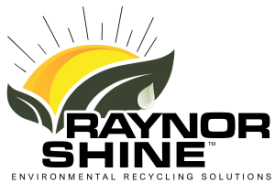
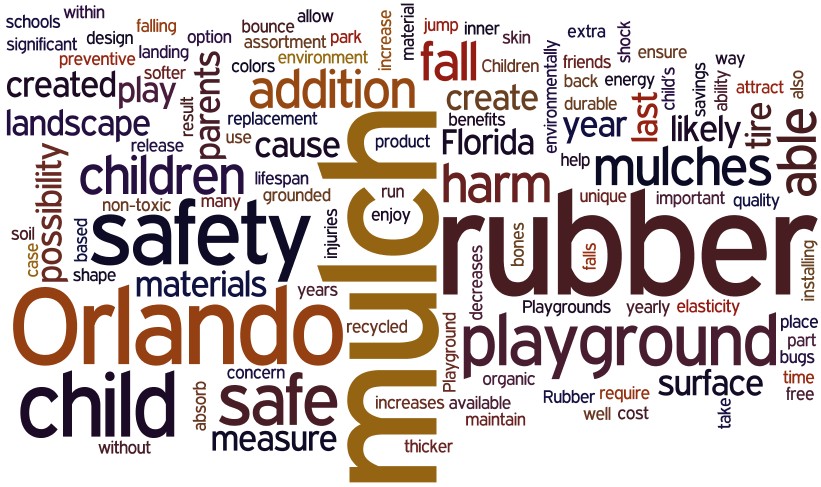

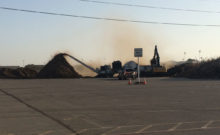
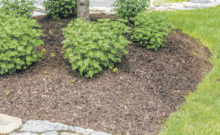
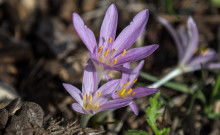
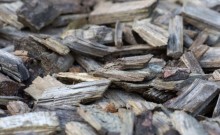
Leave a Comment
You must be logged in to post a comment.